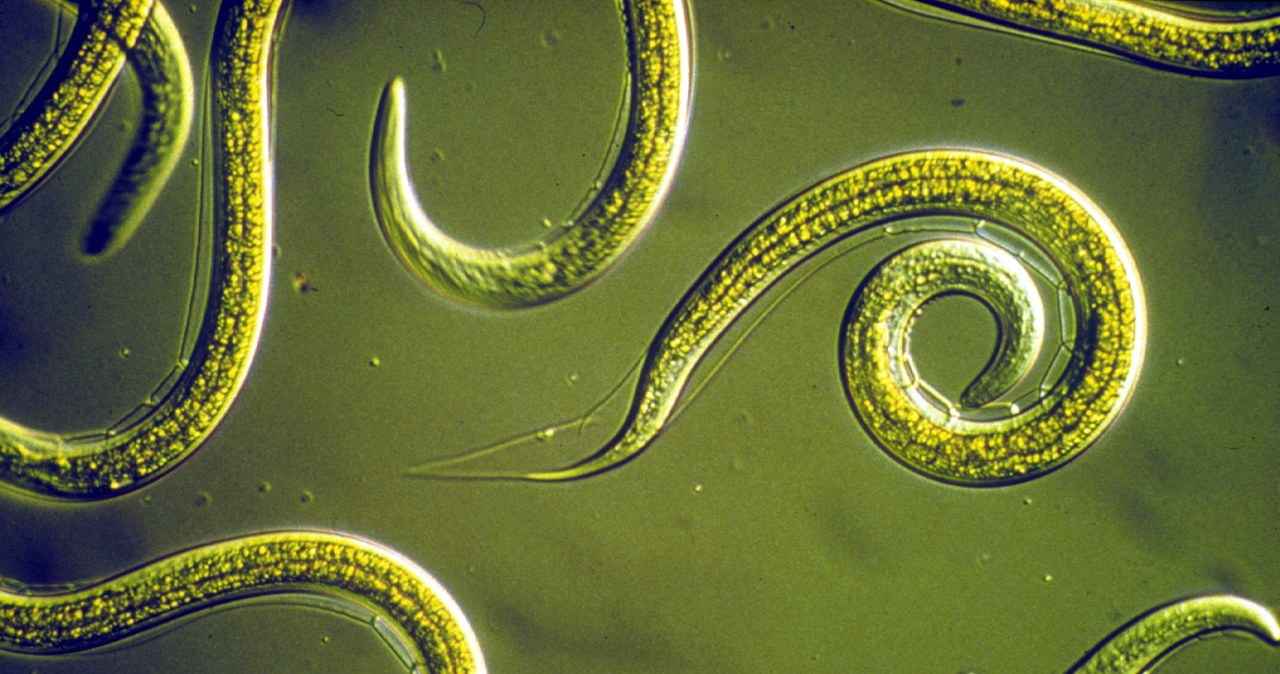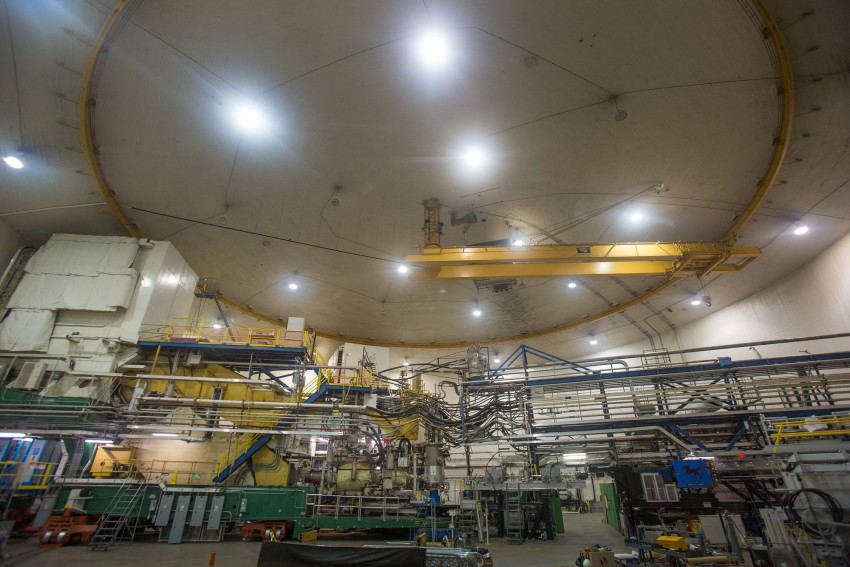In a recent scientific article, a team of researchers points out that not every behavior should be blamed on the age of the star itself. It is possible that there is something completely different behind her inexplicable behavior. Astronomers suggest that Betelgeuse could have been a component of a tight binary system, and as it transformed into a red giant, it could have simply absorbed its companion star.
In explaining the behavior of the star a few years ago, when the star rapidly lost its brightness over the course of literally days, scientists indicated that there was most likely between us and the star a gas emanating from its surface, which after cooling condensed into dust grains. This led to the star’s disk being partially obscured, which observers on Earth recorded as a decrease in the star’s brightness. According to scientists from Louisiana State University, the reality could have been different. In their latest paper, the researchers suggest that stellar cannibalism is responsible for the changes in brightness.
Contrary to appearances, this is not an exaggerated statement. Statistics indicate that most massive stars form in multiple systems, not singly. During the evolution of such a binary system, if the stars have the right size, sooner or later one of them will turn into a red giant. If the distance between the components of the system is small enough, the red giant’s swollen atmosphere could reach the other star and gradually engulf it. In such an event, we may witness flares, mass loss and many other phenomena.
In the course of their work, scientists have just created a simulation of the process of merging two stars. One of them was a star with a mass of 16 solar masses, the other – 4 solar masses. It is worth noting here that the mass of Betelgeuse is estimated at between 16 and 19 solar masses. In this simulation, a small star is immersed in a larger star and gradually sinks into its atmosphere until it finally merges with a helium core. Scientists point out that once a smaller star is inside a larger star, its rotation rate increases. After merging with the helium core of the star, a large amount of energy is released, which gradually moves from the center of the star towards the surface of the red giant. Moreover, gravitational energy is also released here, which, when converted into kinetic energy, drives the rapid flow of mass from the massive star. Simulations indicate that the mass loss in this system reached 0.6 Earth masses.
All of the above information indicates that Betelgeuse can indeed accommodate its companion. This is indicated, for example, by the star’s rotation rate. Betelgeuse rotates at a speed of 5.5 km/s. This is almost three times the speed of the Sun’s rotation. Scientists point out that the simulation indicates this rate of fusion of stars with masses of 16 and 4 solar masses.
This merger does not disrupt the evolution of the main star to the red giant stage. However, it provokes extrusion of matter, for example in the form of polar flows. This emitted gas can travel at speeds of 200 to 300 kilometers per second. But was this the case? There is no way to determine this yet. This requires improving research tools and methods.
There is no indication that this merger, if it occurs, is directly related to Betelgeuse’s recent brightness fluctuations or eventual supernova explosion. One day, sooner or later, this star will explode. If humanity survives long enough, scientists will be lucky enough to observe the entire process closely. Then perhaps we will finally know the answers to these and many other questions.

Echo Richards embodies a personality that is a delightful contradiction: a humble musicaholic who never brags about her expansive knowledge of both classic and contemporary tunes. Infuriatingly modest, one would never know from a mere conversation how deeply entrenched she is in the world of music. This passion seamlessly translates into her problem-solving skills, with Echo often drawing inspiration from melodies and rhythms. A voracious reader, she dives deep into literature, using stories to influence her own hardcore writing. Her spirited advocacy for alcohol isn’t about mere indulgence, but about celebrating life’s poignant moments.










